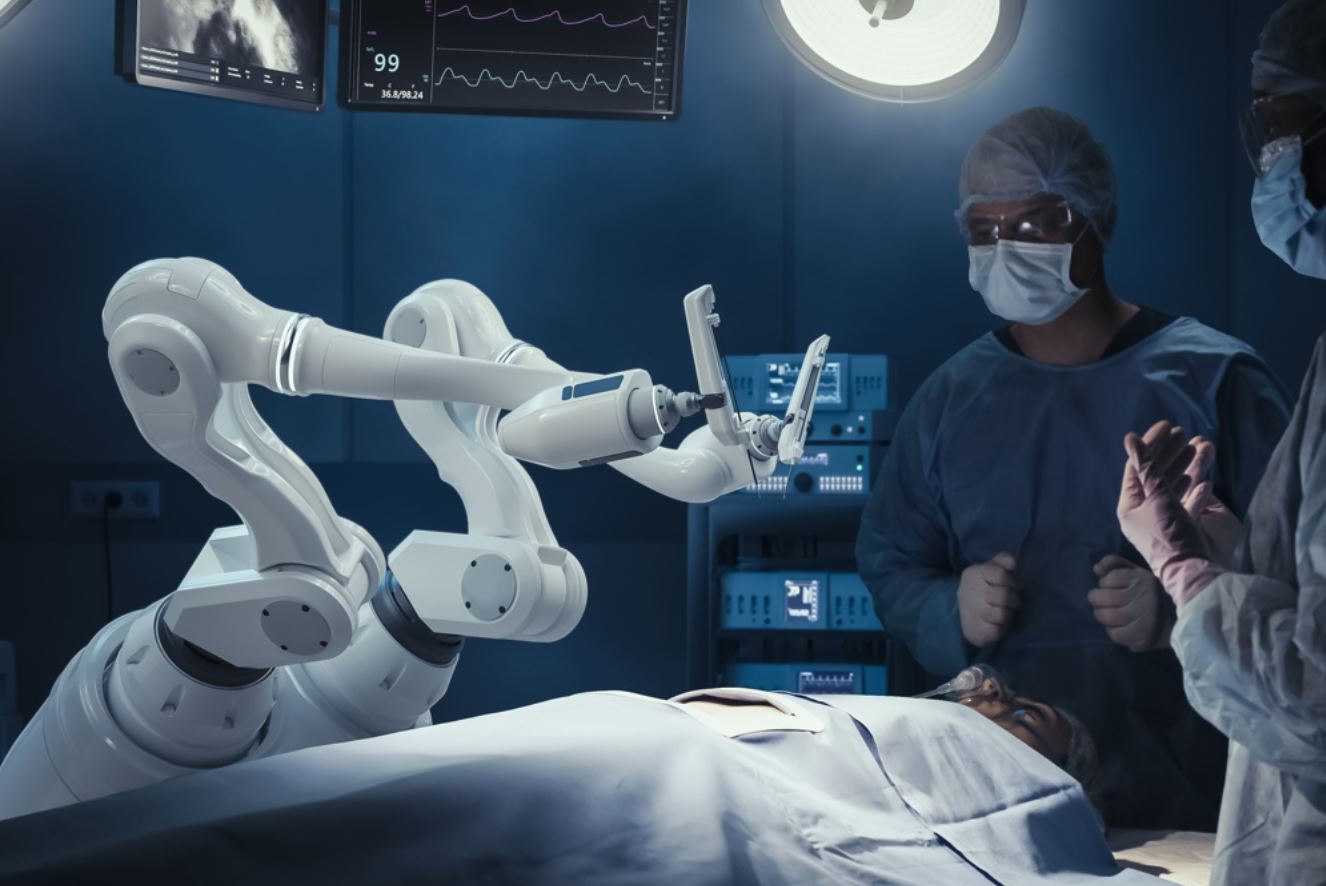 The NHS in England is taking a decisive step to reduce patient wait times by widening its use of robotic surgeries. With a target of more than half a million procedures annually within the next decade—up from 70,000 today—the plan promises less invasive treatments, quicker recoveries, and reduced complications.
The NHS in England is taking a decisive step to reduce patient wait times by widening its use of robotic surgeries. With a target of more than half a million procedures annually within the next decade—up from 70,000 today—the plan promises less invasive treatments, quicker recoveries, and reduced complications.
Jim Mackey, the NHS Chief Executive, explains, “The NHS has pledged to return to shorter elective waiting times by 2029, and we are using every tool at our disposal to ensure patients get the best possible treatment.” This expansion isn’t just about increasing numbers; it’s about enhancing outcomes, speeding up hospital discharges, and generally making the process smoother for patients and surgeons alike.
Robotic systems are set to become standard in many minimally invasive keyhole surgeries. Instead of making large cuts, these procedures use small incisions and camera guidance to limit tissue damage. The NHS expects that, in a decade, robotic assistance will be involved in 90% of such operations, a marked rise from the current 20%.
The versatility of robotic systems is also evident in emergency procedures, where their precise movements often outperform human capability. Surgeons benefit from the enhanced dexterity offered by a 3D camera and a console, while in orthopaedic cases, robots even manage some tasks independently, reducing the physical toll on medical staff.
Patients, such as those undergoing bladder cancer surgery, are already experiencing shorter hospital stays—leaving in as little as five days compared to the longer recovery times after traditional open surgery. Meanwhile, the applications of robotic assistance have broadened over the years. Once dominated by urological cancer surgeries, these systems now support colorectal, gynaecology, ENT, and orthopaedic procedures.
The NHS has also seen progress in regulatory approvals. Currently, five robotic systems for soft tissue surgeries and six for orthopaedic procedures have received conditional approval from the National Institute for Health and Care Excellence (NICE), pending further evaluation. This opens the door for a wider roll-out of robotic technology across the organisation.








